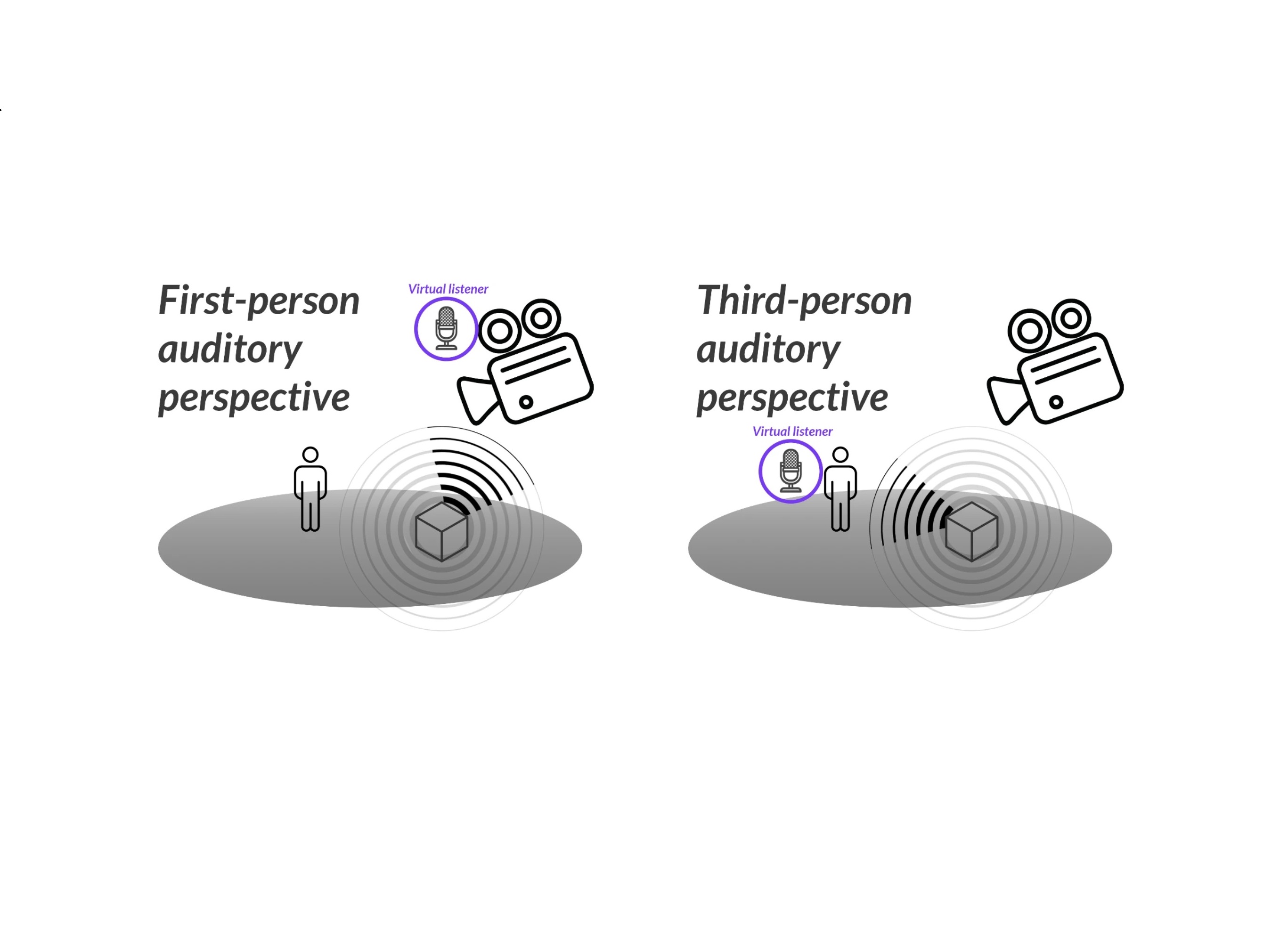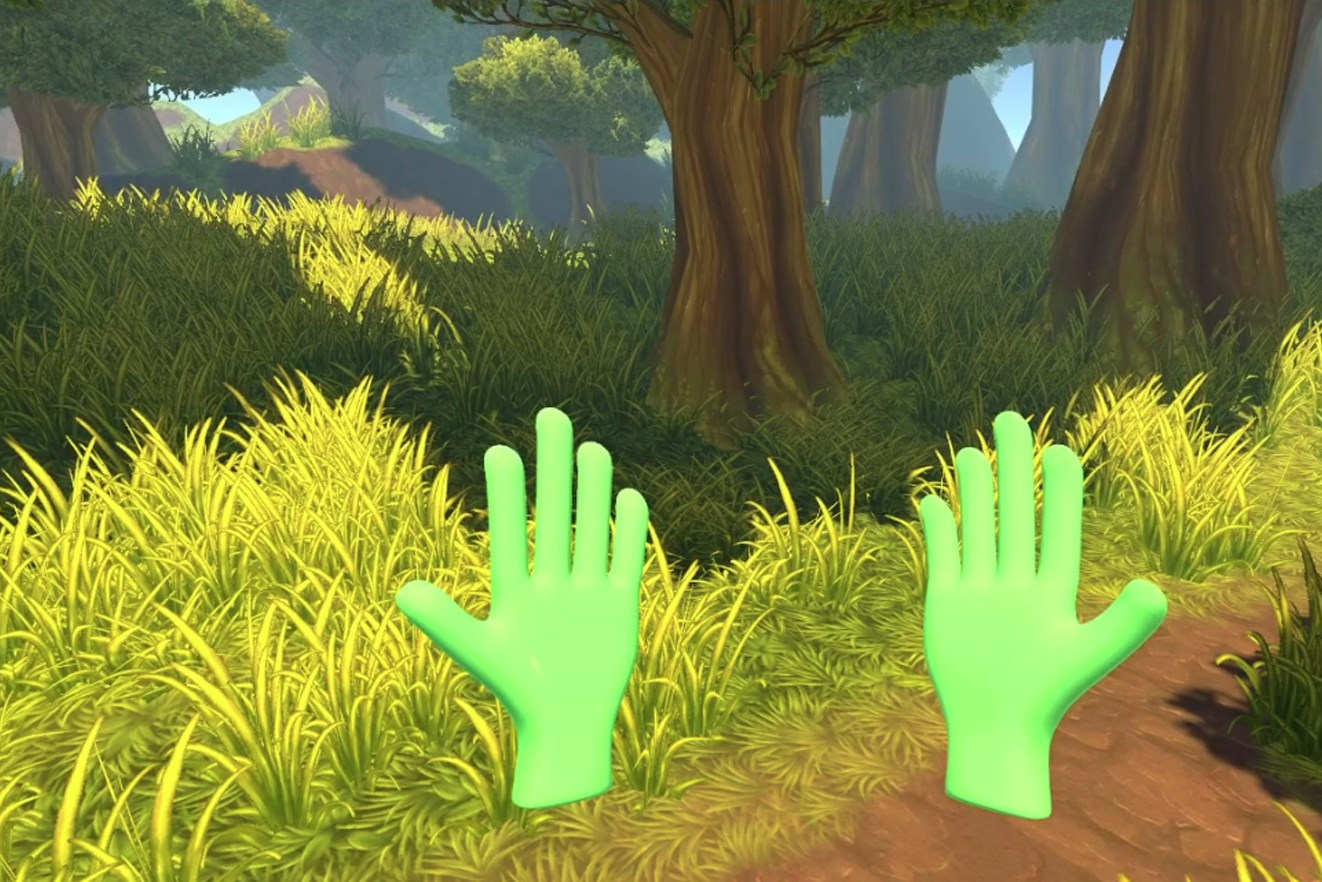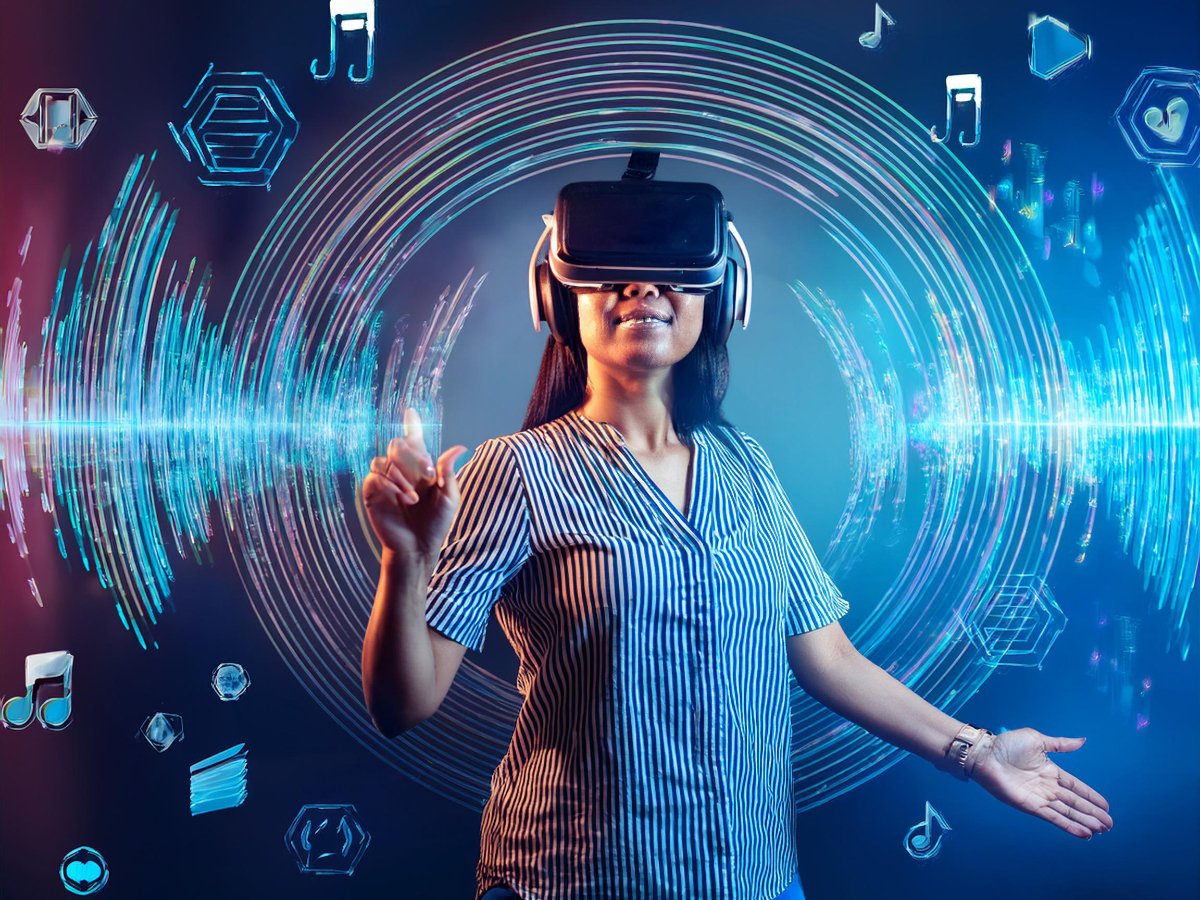Abstract
Immersion as an umbrella experience and embodiment are regarded as primary advantages of virtual reality and its capability to lead to other reflective experiences. Beyond the basis of stereoscopic head-mounted displays, however, there is paucity of research on altered ways of experiencing virtual reality with regards to the possibilities afforded by this medium. To address this gap, we explore the effects of perspective shifts, both in terms of the visual and aural modalities, on embodiment and embodied mindfulness. Using a virtual reality application that administers a body-scan meditation using different visual- and aural perspectives, we investigate the effects these perspectives have on embodiment and embodied mindfulness. Our results indicate that a first-person visual perspective positively influenced a change in perceived body schema, but not in acceptance of virtual body ownership or control/agency of a virtual body, nor do they suggest an effect of audio-based perspective on these outcomes. Investigation into the moderating effects of mindfulness- and immersive tendencies on these factors suggest that participants with low immersive tendencies experienced a greater change in their body schema in the visual first-person condition compared to the third-person condition. A qualitative content analysis on participants’ experiences indicate that few participants were able to express their experience in terms of audio. Our results contribute to the body of work on altered self-representations for mindfulness and extends on this concept with the notion of listening perspective as well as more generally to the design of sound, perspective, and embodiment in virtual reality.
Role: Co-author, Supervisor
Type: Full Paper
Journal: Virtual Reality
Stats: h5-index:59, impact factor: 4.4
Date: 2025
Co-Authors: Mila Bujić, Laura Diana Cosio, Oğuz ‘Oz’ Buruk, Kristine Jørgensen and Juho Hamari




